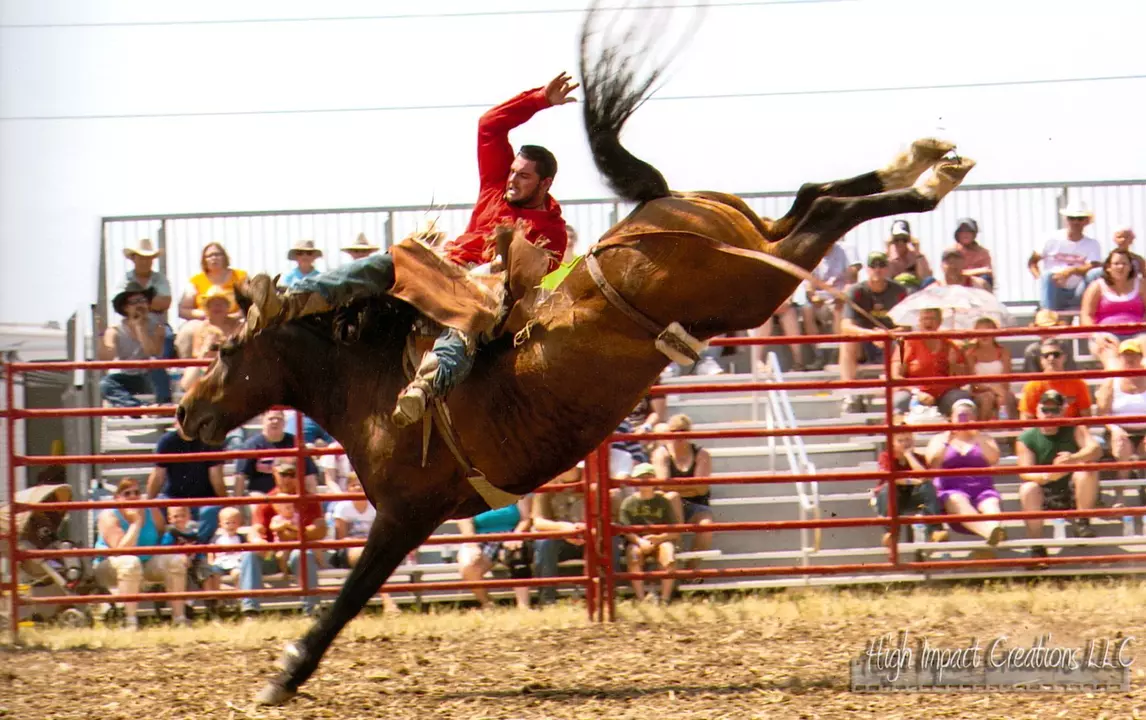Equestrian Sports and Rodeo Events: Why Do Horses Buck?
If you’ve ever watched a rodeo, you’ve probably seen a horse kick up its heels and wonder what’s going on. The bucking you see isn’t random; it’s usually a mix of physical discomfort and instinctive reaction. Understanding these triggers can help riders, fans, and anyone interested in equestrian sports make sense of the drama.
First off, the most talked‑about cause is the flank strap. This narrow strap sits around the horse’s abdomen and is tightened just enough to irritate the skin. The irritation sends a clear signal: “Get this off me!” The horse’s natural response is to lift its hind legs and try to shake the pressure away. The strap isn’t meant to hurt, but the sensation is uncomfortable enough that a healthy horse will try to buck.
Flank Strap and Physical Discomfort
When the strap is too tight, the horse feels a constant pinching. Even a slight misadjustment can turn a calm animal into a bucking machine. Most professional rodeo trainers check the strap before every run, but in the heat of the moment, a minor slip can happen. The key for riders is to ensure the strap is snug but not strangling. If a horse buckles quickly after the strap is applied, it’s a strong hint that the fit needs adjustment.
Instincts, Spooking, and Temperament
Beyond the strap, horses have built‑in survival instincts. In the wild, a sudden movement or loud noise would signal danger. In a rodeo arena, a booming horn, a crowd’s roar, or a sudden sprint from a fellow rider can trigger the same fight‑or‑flight response. The horse may think it’s being attacked and try to throw the rider off by bucking.
Breed also matters. Some breeds, like the American Quarter Horse, are naturally more energetic and prone to bucking when excited. Temperament plays a role, too. A shy or nervous horse will react quicker to unfamiliar sights and sounds. Knowing a horse’s background helps predict how it might behave under pressure.
So, what can riders do? First, work on desensitizing the horse to loud noises and sudden movements during training. Gradual exposure builds confidence and reduces the startle factor. Second, keep the flank strap at the right tension—tight enough to encourage movement but loose enough to avoid pain. Finally, choose a horse whose temperament fits the event. A calm, experienced rider will benefit from a steadier animal, while a more daring rider might thrive with a horse that loves the thrill.
Fans watching from the stands can also appreciate the signs. A horse that lifts its tail, pins its ears back, or stomps its feet before bucking is often signaling discomfort or fear. Spotting these cues early gives riders a chance to adjust before the bucking escalates.
In the world of equestrian sports and rodeo events, bucking is a symptom, not a mystery. It usually points back to either a physical irritant like the flank strap or an instinctive reaction to the arena’s chaos. By paying attention to equipment, training, and the horse’s natural behavior, riders can reduce unwanted bucks and keep the show safe for everyone involved.
Whether you’re a rider, a fan, or just curious about the sport, knowing why a horse bucks helps you enjoy the rodeo more fully. Next time you see that powerful leap, you’ll recognize the mix of discomfort, instinct, and breed traits that make it happen. And with that knowledge, you can cheer with confidence, knowing the horse is doing exactly what its body is telling it to do.
What causes a horse to buck in a rodeo?
During a rodeo, a horse may buck for various reasons. One primary cause is the discomfort from the flank strap, which is tightened around the horse's abdomen, leading it to buck in an attempt to get rid of the irritation. Other factors include the horse's natural instinct to protect itself from perceived threats, such as a rider on its back, or a sudden noise or movement that spooks the animal. Additionally, some horses may have a higher tendency to buck due to their breed or temperament. Overall, a combination of physical discomfort and the horse's innate instincts contribute to bucking in rodeos.
READ MORE